The Covid Diaries 89 – Historic Ely
Some suggestions of places to visit and things to see in the historic Cambridgeshire city of Ely. Dominated by its lovely cathedral, there is enough here to fill an interesting day trip.
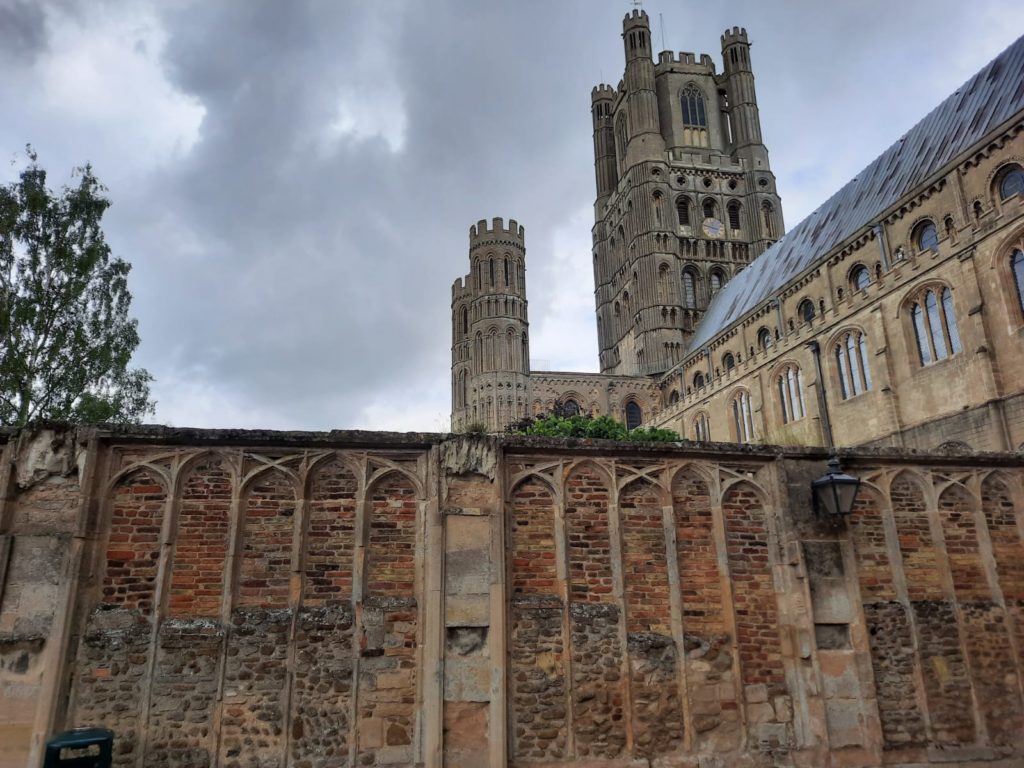
A Day Out In Lovely Ely
Today marks the final installment in the Salterton Arts Review’s excursion to Cambridgeshire. While I was able to visit interesting museums like the Fitzwilliam, some of the University museums and Kettle’s Yard, Cambridge felt a little barren when I visited with all the colleges off limits to visitors. So despite only being there for a few days, we were in need of a day trip.
After some consideration, we landed on Ely. It is very easy to reach from Cambridge, only a couple of stops on the train. And I’m pretty sure it only qualifies as a city because it has a cathedral – it is very walkable and the main sights can be covered in a day. Ely stands on a clay island (or former island), the highest point in the Fens. The river Ouse runs through it, and the local industries were once pottery and eel fishing. The city declined after the dissolution of the monastaries under Henry VIII, but revived somewhat in the Victorian period.
So keep reading below to find out more about how we spent our day in Ely, from a familiar sight at the cathedral, to Oliver Cromwell, to a pleasant riverside stop.


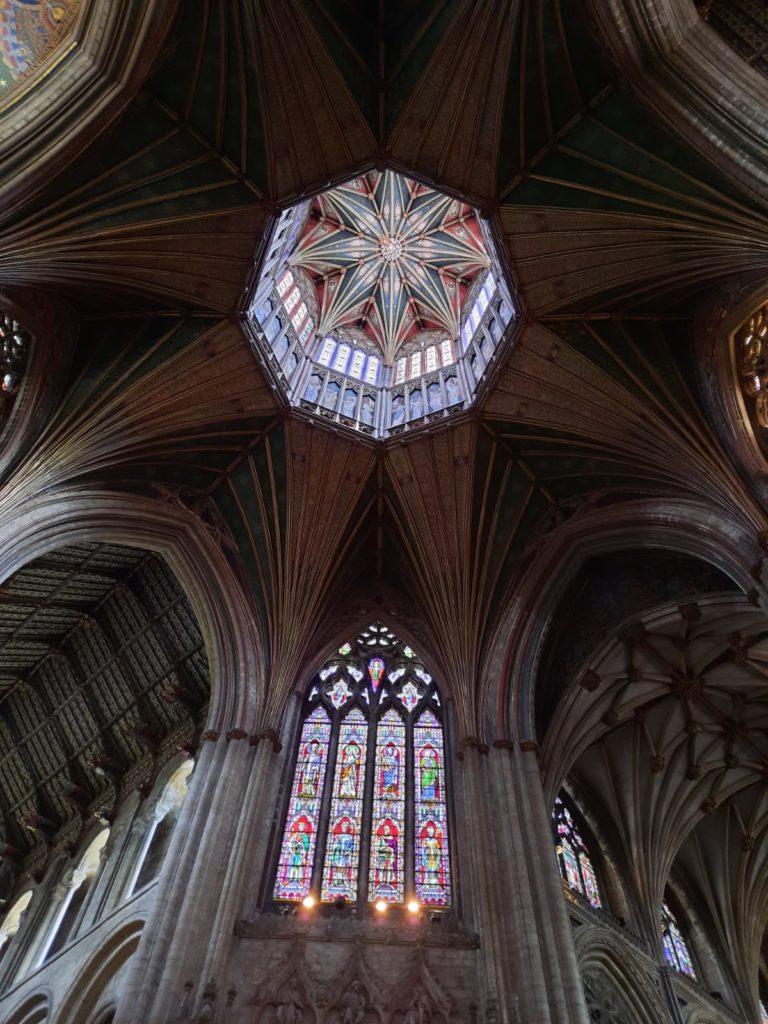
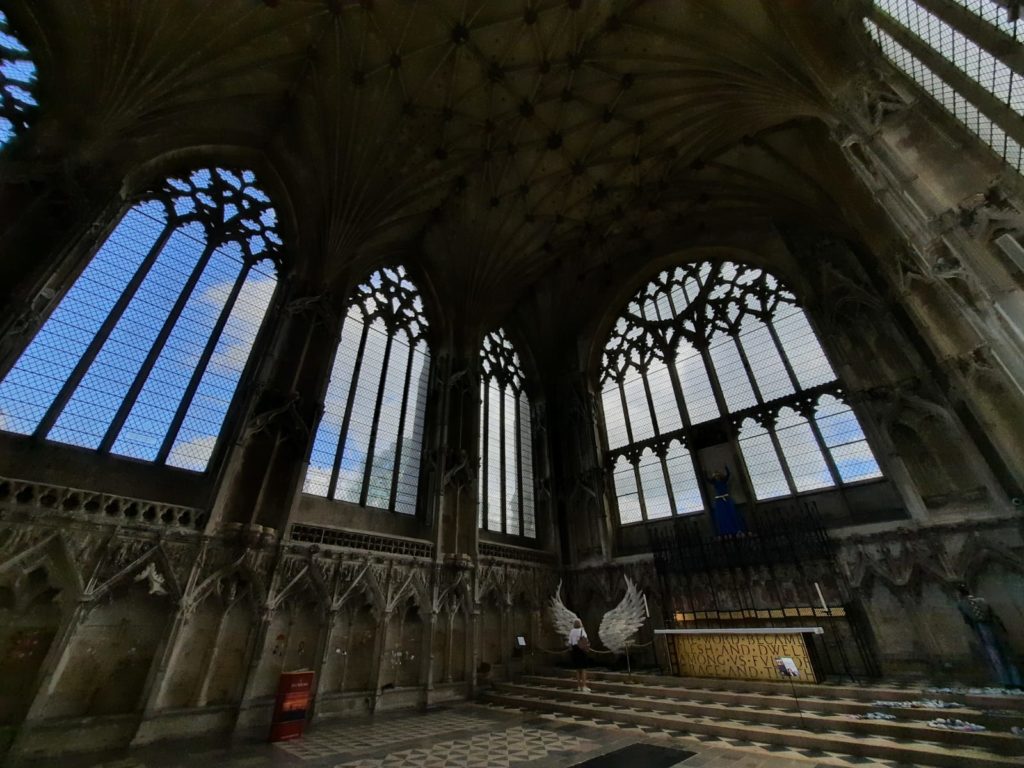
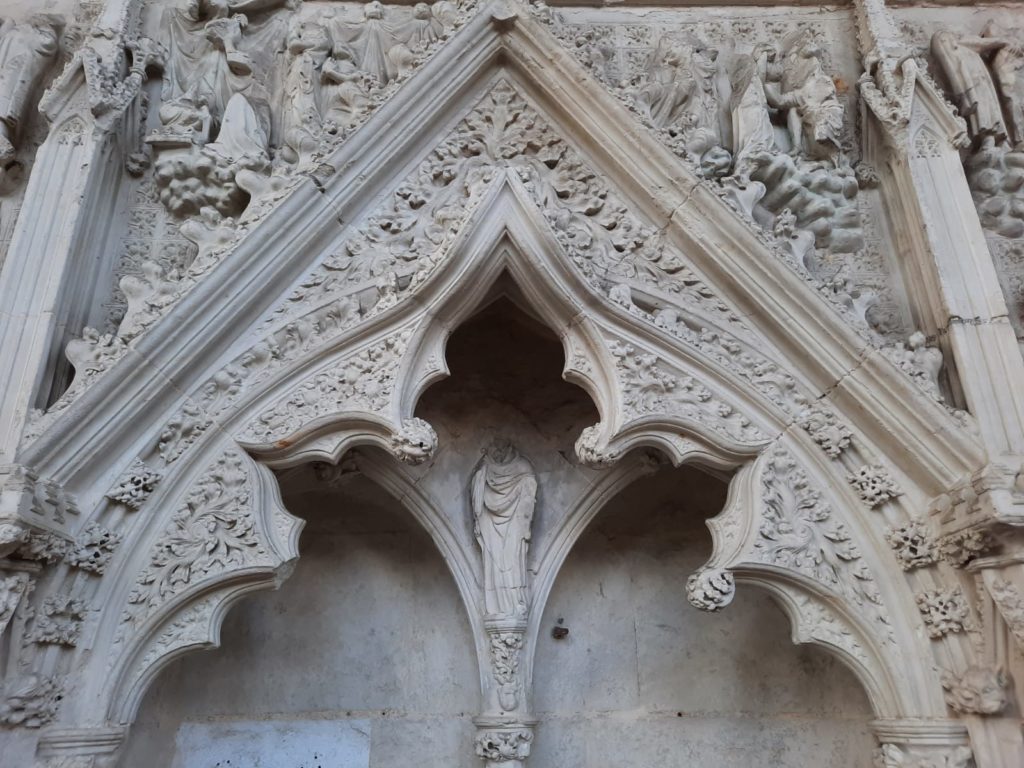

Ely Cathedral
The main draw of Ely is of course its cathedral. Built on the only high(ish) land in the Fens, it has dominated views for centuries. And in fact the cathedral came before the city – Ely was only a small settlement before St. Etheldreda founded a monastery here circa 673. At one time it was amongst the richest abbeys in England. The current building dates to 1083, and became a cathedral in 1109. Today, it is known for having one of the longest naves in Britain, and for its unique octagonal tower.
The history here is tangible. There are still a lot of sculptures defaced during the Reformation (see second to last image above), as well as wonderful statuary and brass-inlaid tombs. The painted ceiling of the nave is a 19th Century restoration, you can read more about it here. All in all it is a great place to spend an hour or two whether for quiet contemplation or to admire the art and architecture.
Did you spot something familiar in the second image above? I was surprised to meet my old friend, Luke Jerram’s Gaia, a scale-model of the Earth. Gaia was on display here throughout July, and it was only by encountering it here unexpectedly that I realised there was more than one version travelling around. We last saw Gaia at the Painted Hall in Greenwich where it was undoubtedly the main attraction, so it was an interesting contrast to see it as just one of many features of interest at Ely Cathedral. Did the religious context change the artwork? Well I think maybe it asks us to contemplate Gaia in a different way. Overall I thought Gaia was more effective in the Greenwich space, and seeing it here wasn’t necessary for my Ely Cathedral experience.
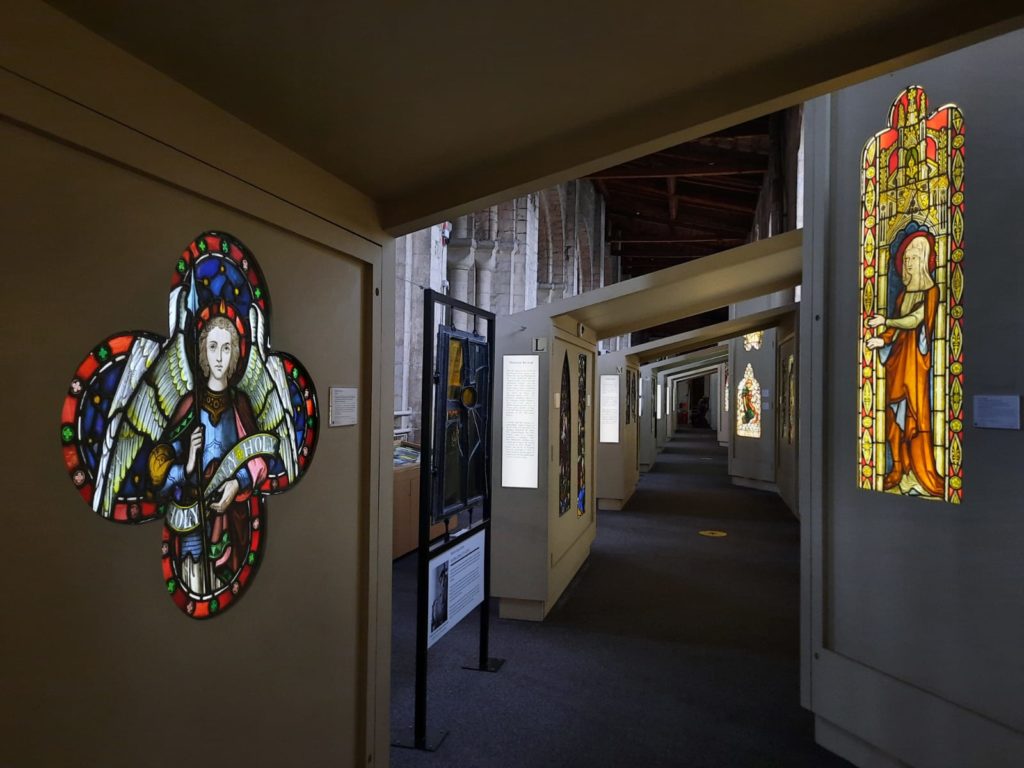
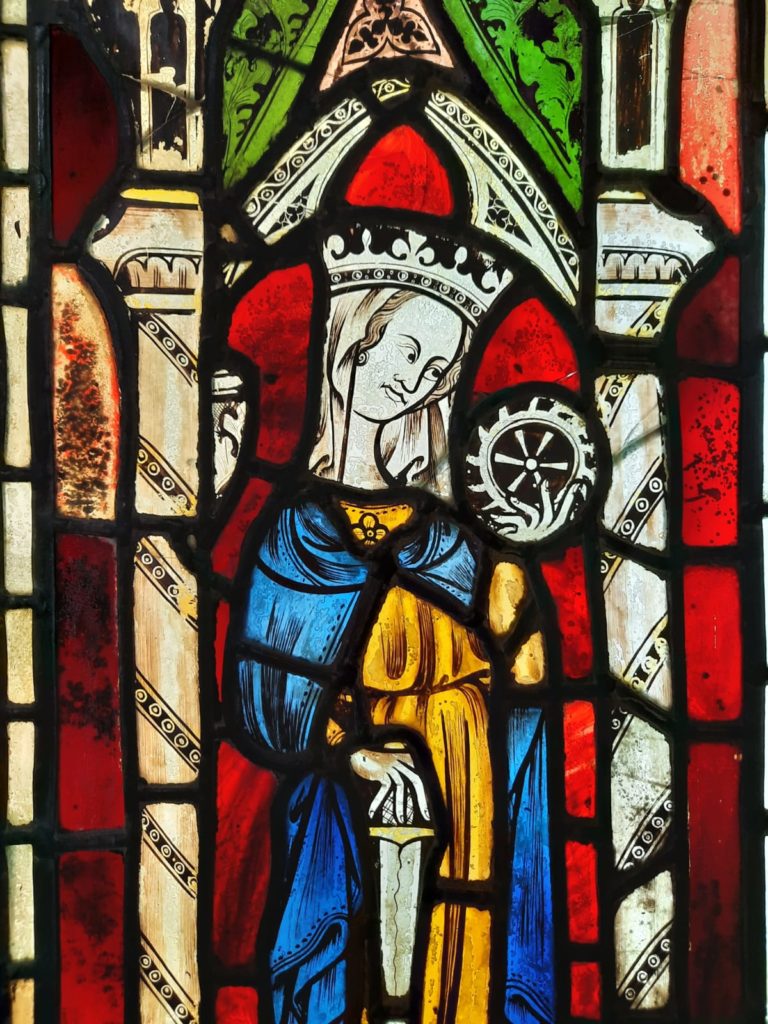
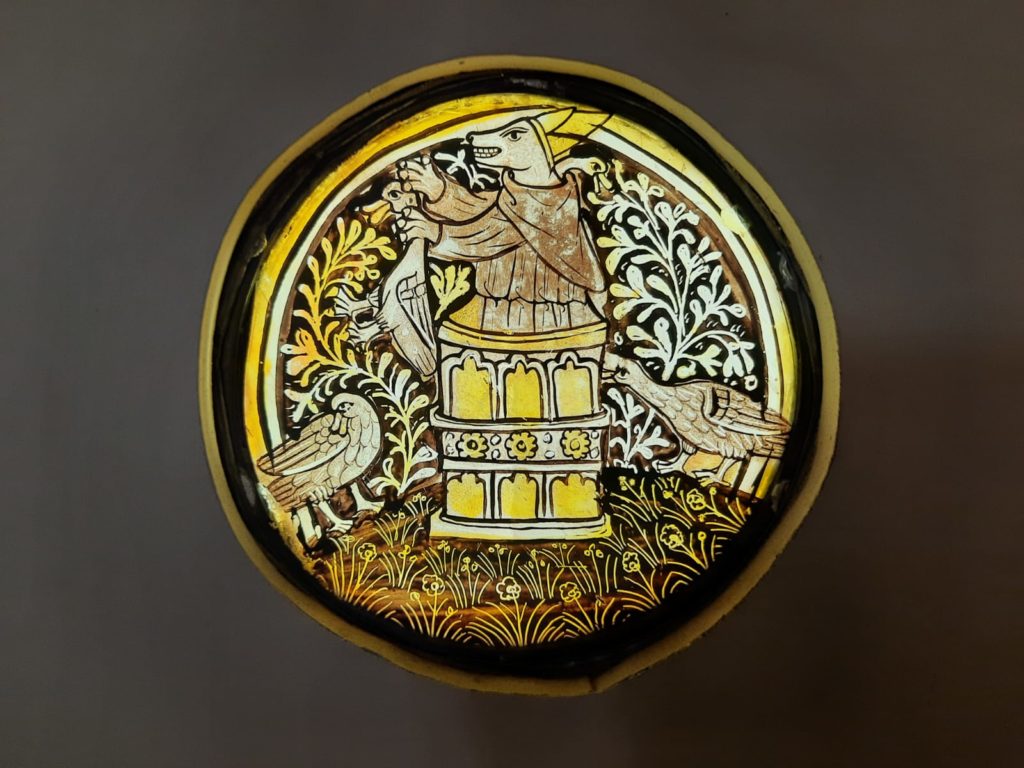
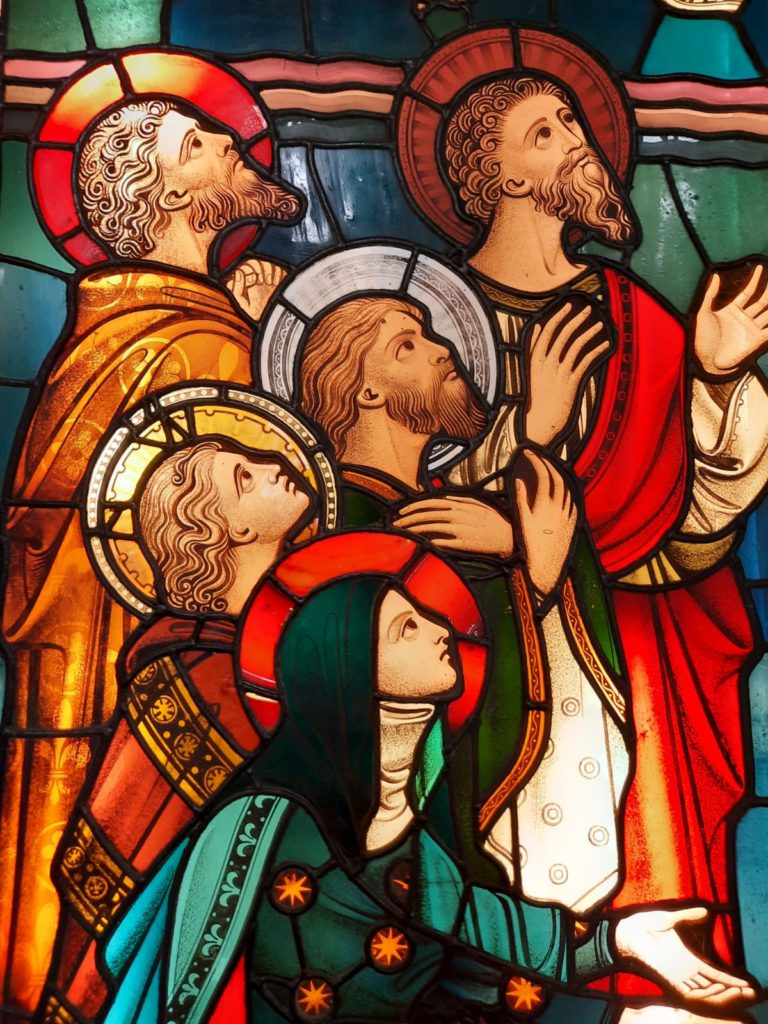
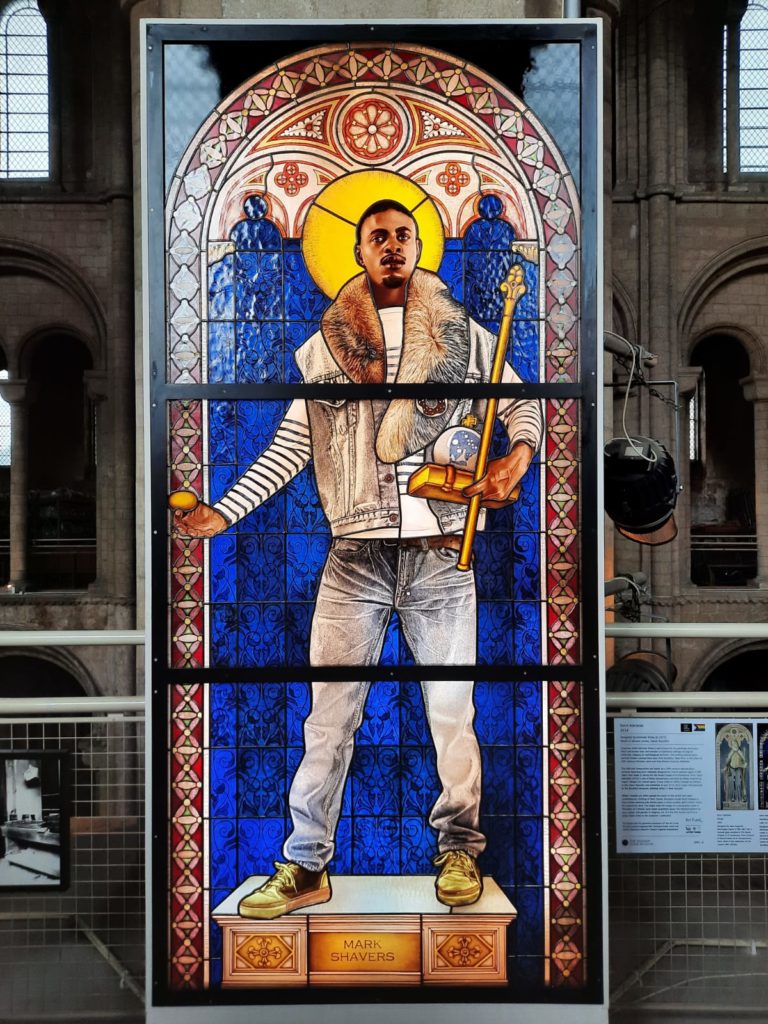

Stained Glass Museum
In the triforium of Ely Cathedral (and we all learned what a triforium is here) is the National Stained Glass Museum. It was founded in the 1970s as a home for at-risk stained glass coming from redundant churches and the like. Visitors can include the price of museum entry in their cathedral ticket purchase, or purchase a ticket separately.
The display is quite simple – pieces of glass are in lightboxes, and you walk up one side of the triforium and back down the other. Actually quite good for social distancing. The glass is predominantly but not only British. It goes back as far as medieval stained glass, right up to contemporary works. In the middle is a huge amount of Victorian glass – perhaps too much for my taste as it’s neither technically impressive or that exciting to look at. Rather, I liked the oldest and newest pieces. A particular highlight was a window by Kehinde Wiley. The portrait of a young black man (Mark Shavers), entitled Saint Adelaide, is otherwise traditional in style and pose. It encourages us to question assumptions about race, gender and the art history canon, and is perhaps the most impressively naturalistic portrait in the museum to boot.
I rather liked this museum. It’s simple and straightforward. If you like stained glass, you will like it. If you don’t know much about stained glass, you will learn something from the examples on display plus a few dioramas and preparatory drawings. And if you don’t like stained glass, it’s probably not for you.
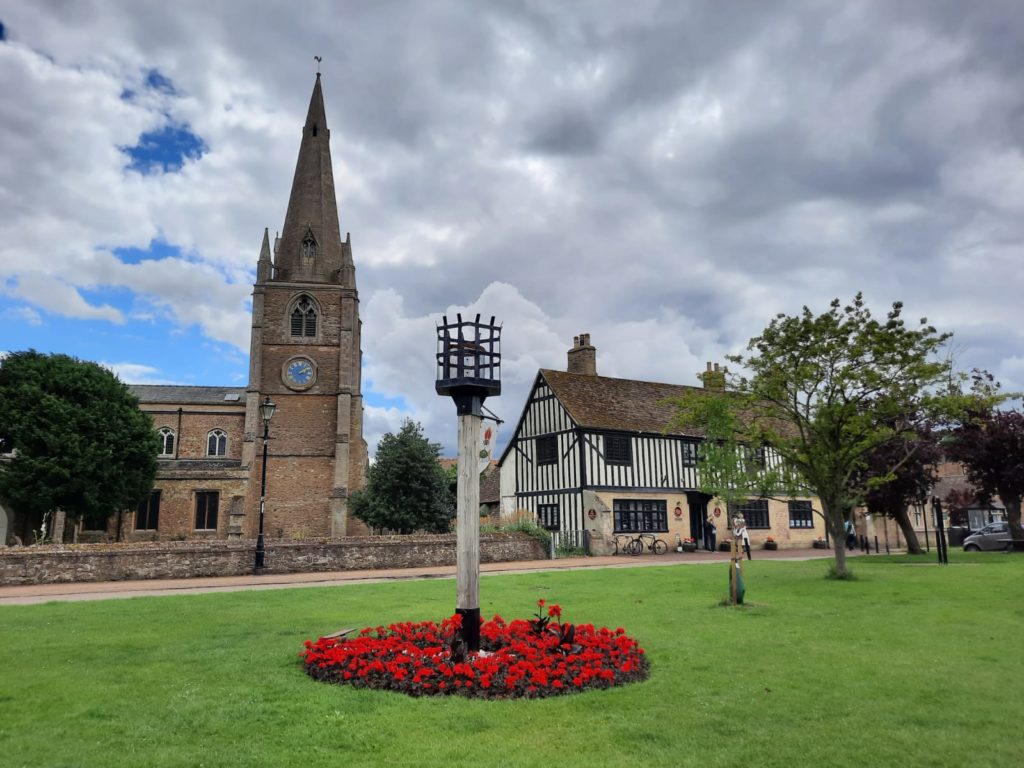
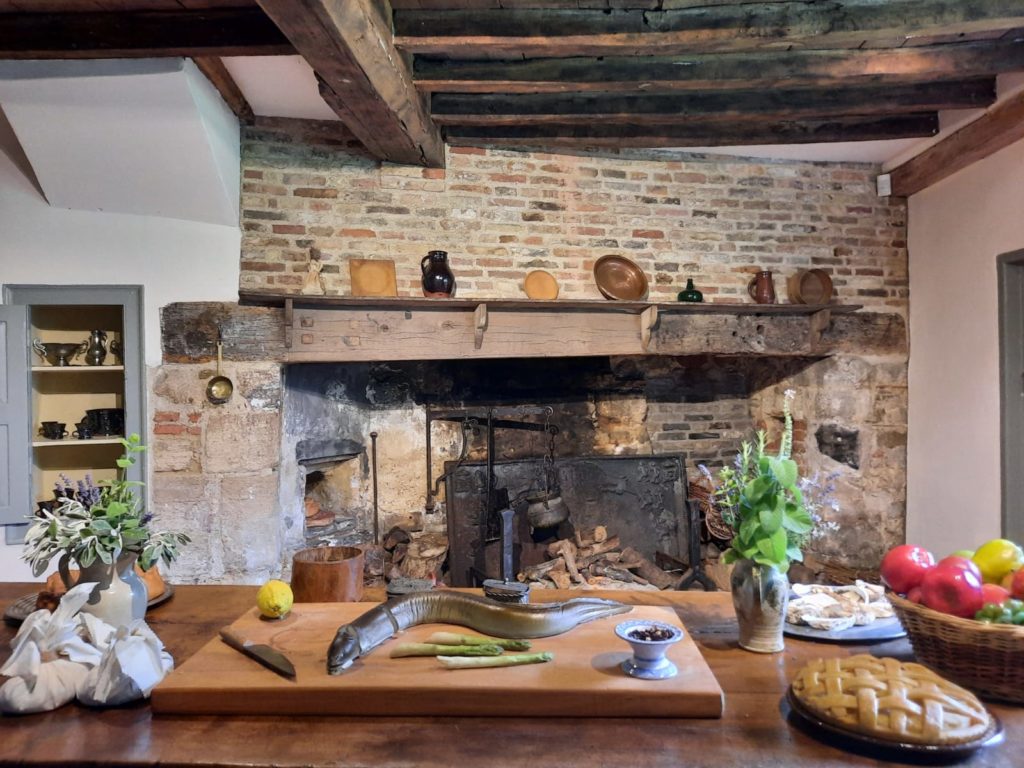

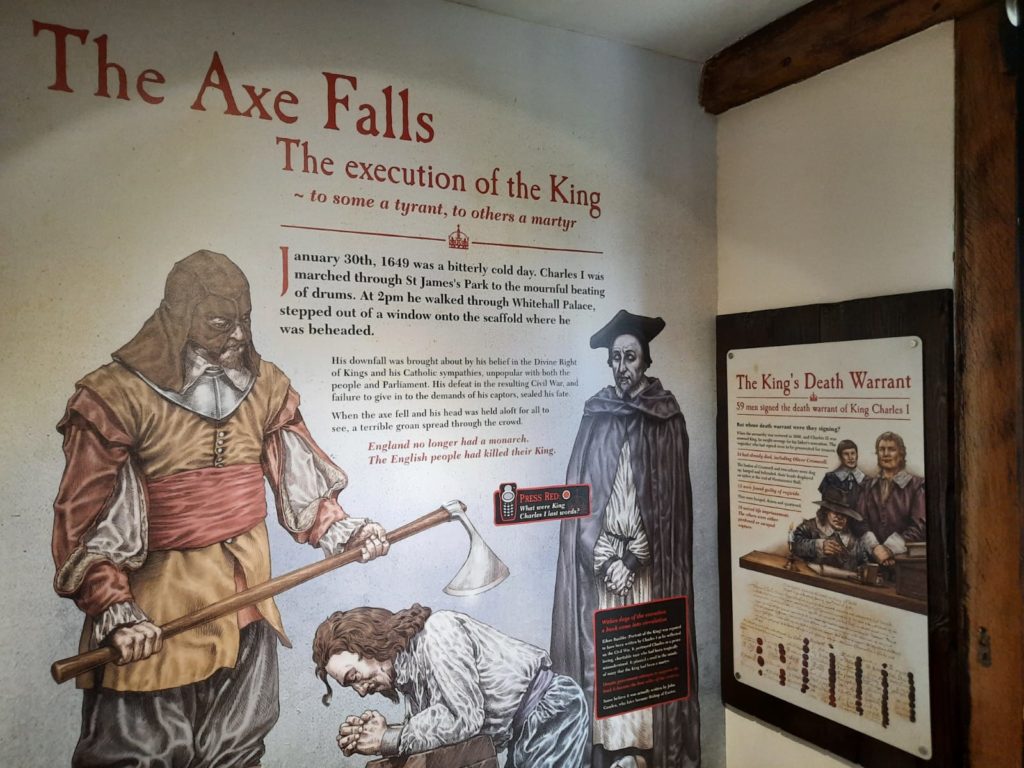
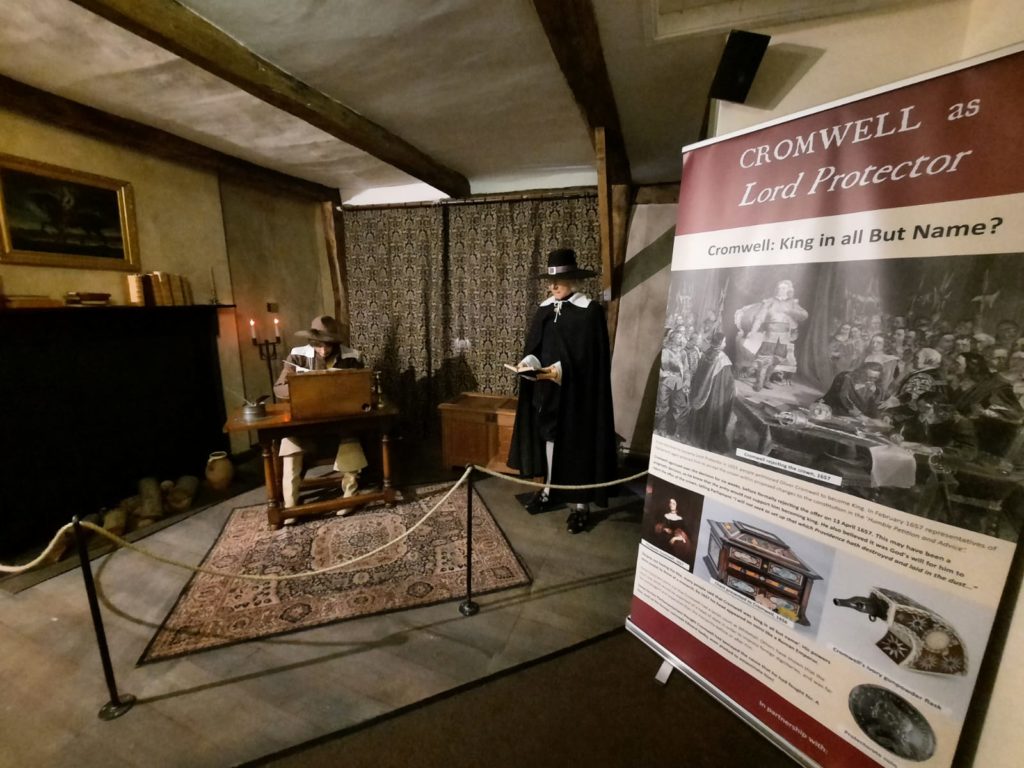

Oliver Cromwell’s House
Only two houses lived in by Oliver Cromwell remain. The first is Hampton Court Palace. The second is in Ely. You can see it in the top image above – formerly the vicarage of nearby St Mary’s. This was the Cromwell family home, however, from 1636-1647. The days when Cromwell had no idea he would lead the men who beheaded a kind, and himself end up as Lord Protector. In those days, he was just part of the local gentry.
Oliver Cromwell’s House as a tourist attraction is quite enjoyable. The rooms have been done up to recreate the period when the Cromwell family lived here, with a video to start, and an attempt at a sort of ghost story to finish. You get a free audio guide with your ticket, which sets a good pace for visiting each room. Throughout the house, the over-arching theme is: ‘was Cromwell a hero or a villain?’. This question isn’t answered, instead visitors are given information from different viewpoints, and in non-Covid times are invited to vote at the end of their visit.
The mannequins can feel a little dated, but the House has evidently benefited from a recent revamp of its interpretation panels. From that point of view it’s all fairly modern and up to date. The ‘ghostly’ element at the end is equal parts fun and forced, but I suppose the idea is to appeal to families. They also have an escape room under normal circumstances, so I’m guessing their financial plan is one of mass appeal. The overall effect is that Oliver Cromwell’s House is fun and informative, so a good strategy in my opinion.
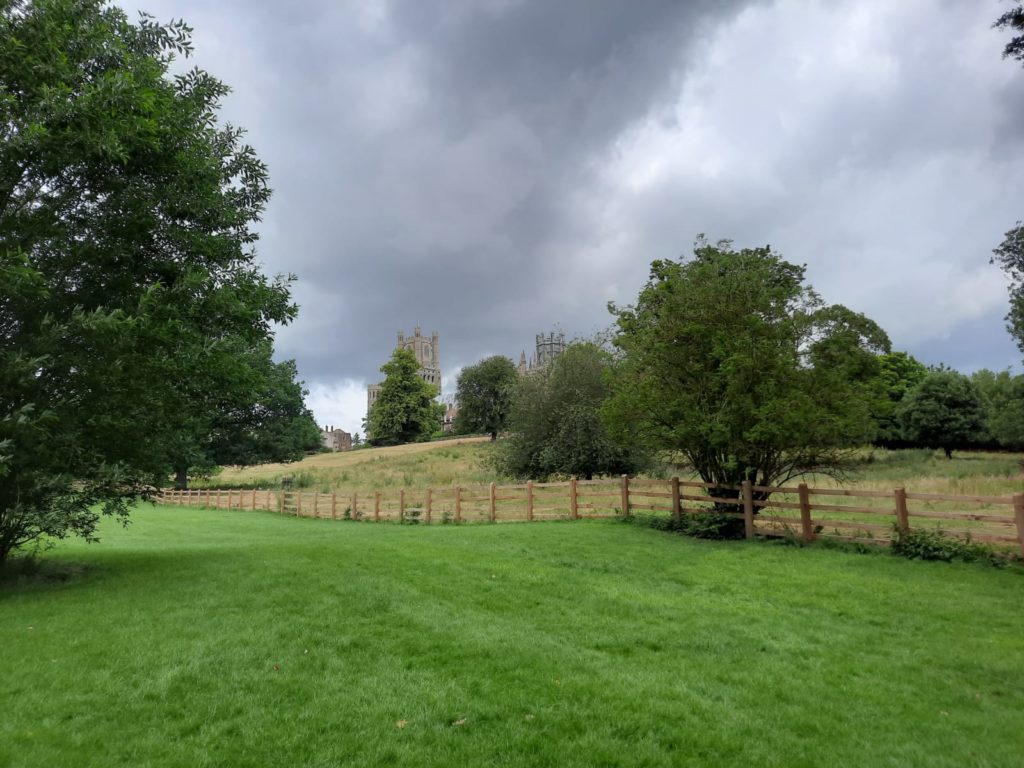
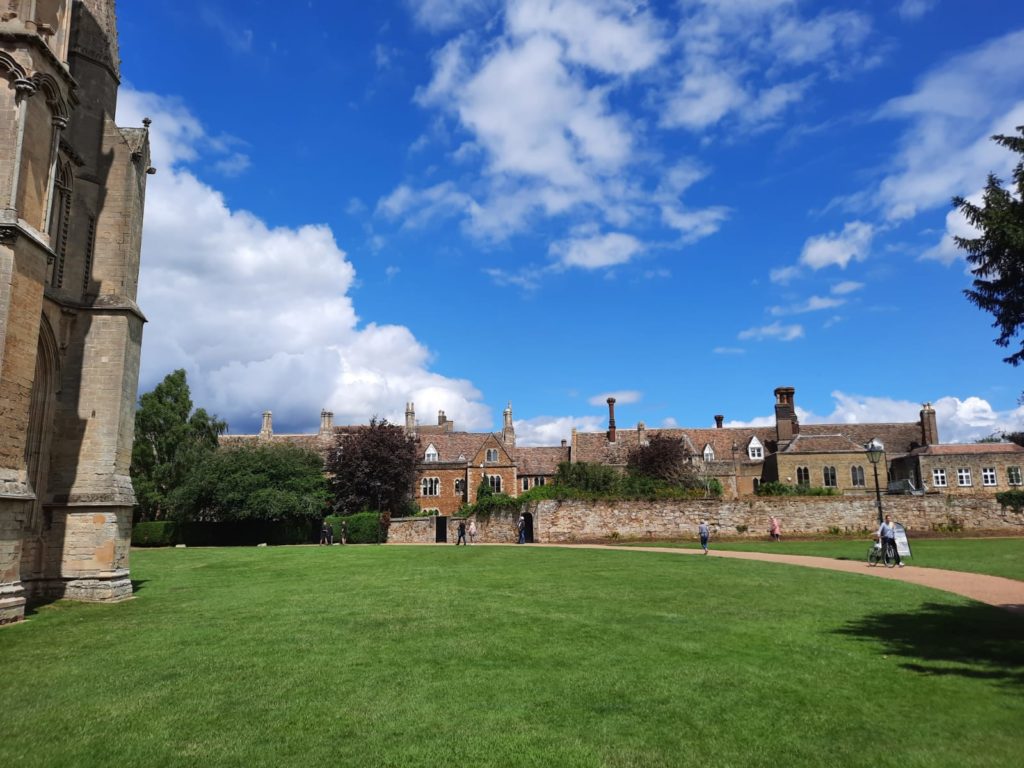
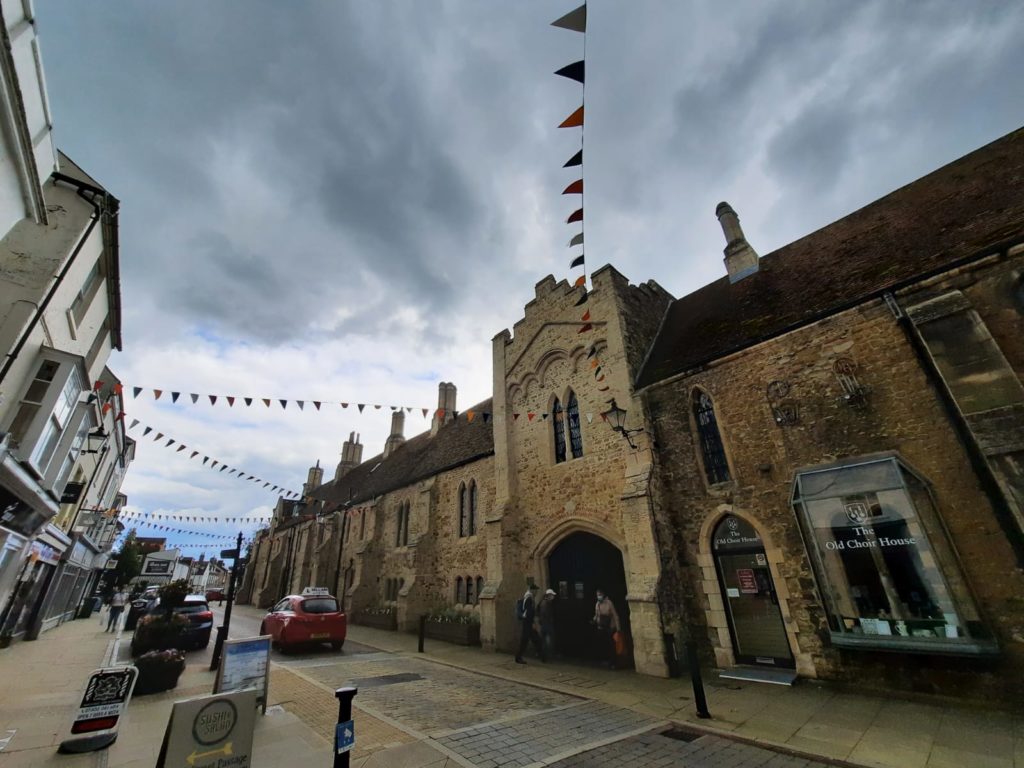
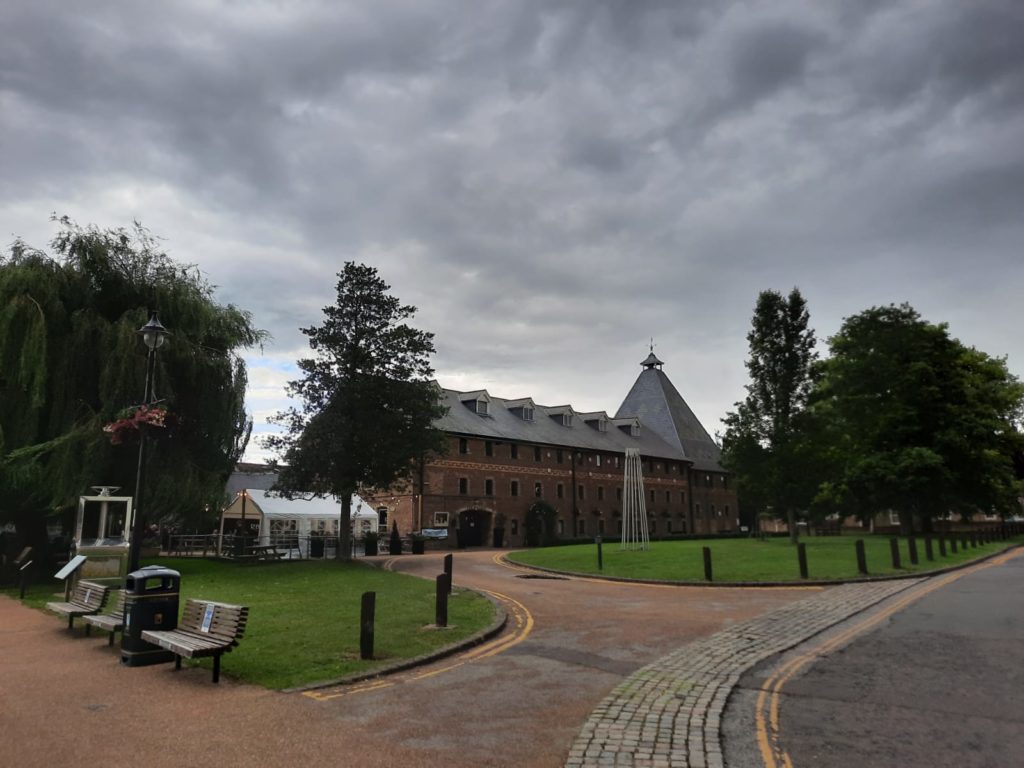
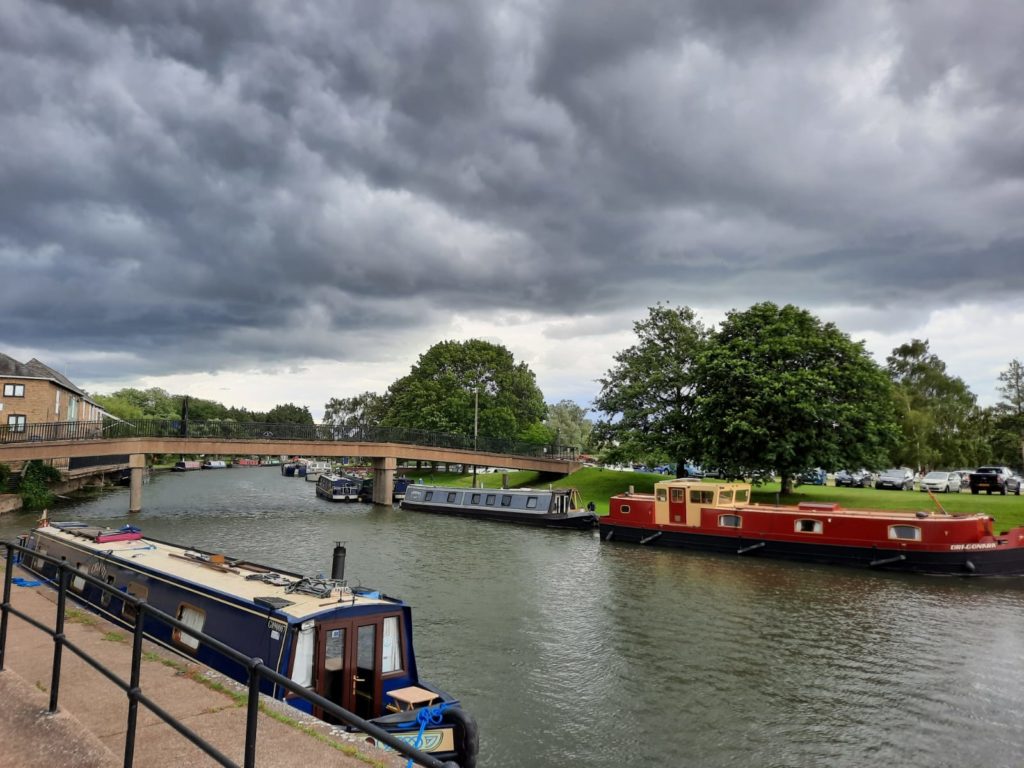

Ely And The Ouse
Apart from the attractions I’ve mentioned above, you can easily spend the rest of a daytrip to Ely exploring the city. Refreshment stops with a view of the River Ouse are also recommended. Depending on how you approach the cathedral you can either walk through the expansive cathedral grounds or attractive Jubilee Gardens. A lot of former monastic buildings now serve other purposes like restaurants or shops. And more recent historic buildings like The Maltings (fourth image above) point to other local industries of days gone by.
All in all, I enjoyed my Ely outing. Seeing ‘The Ship of The Fens’ (Ely Cathedral) was definitely the main draw, but the rest of Ely was a nice discovery. It might have taken me quite a while to get here were it not for the necessity of finding places to go during travel restrictions. Hooray for the silver linings of Covid!
For more UK travel inspiration, sign up below for the weekly Salterton Arts Review newsletter:
If you see this after your page is loaded completely, leafletJS files are missing.

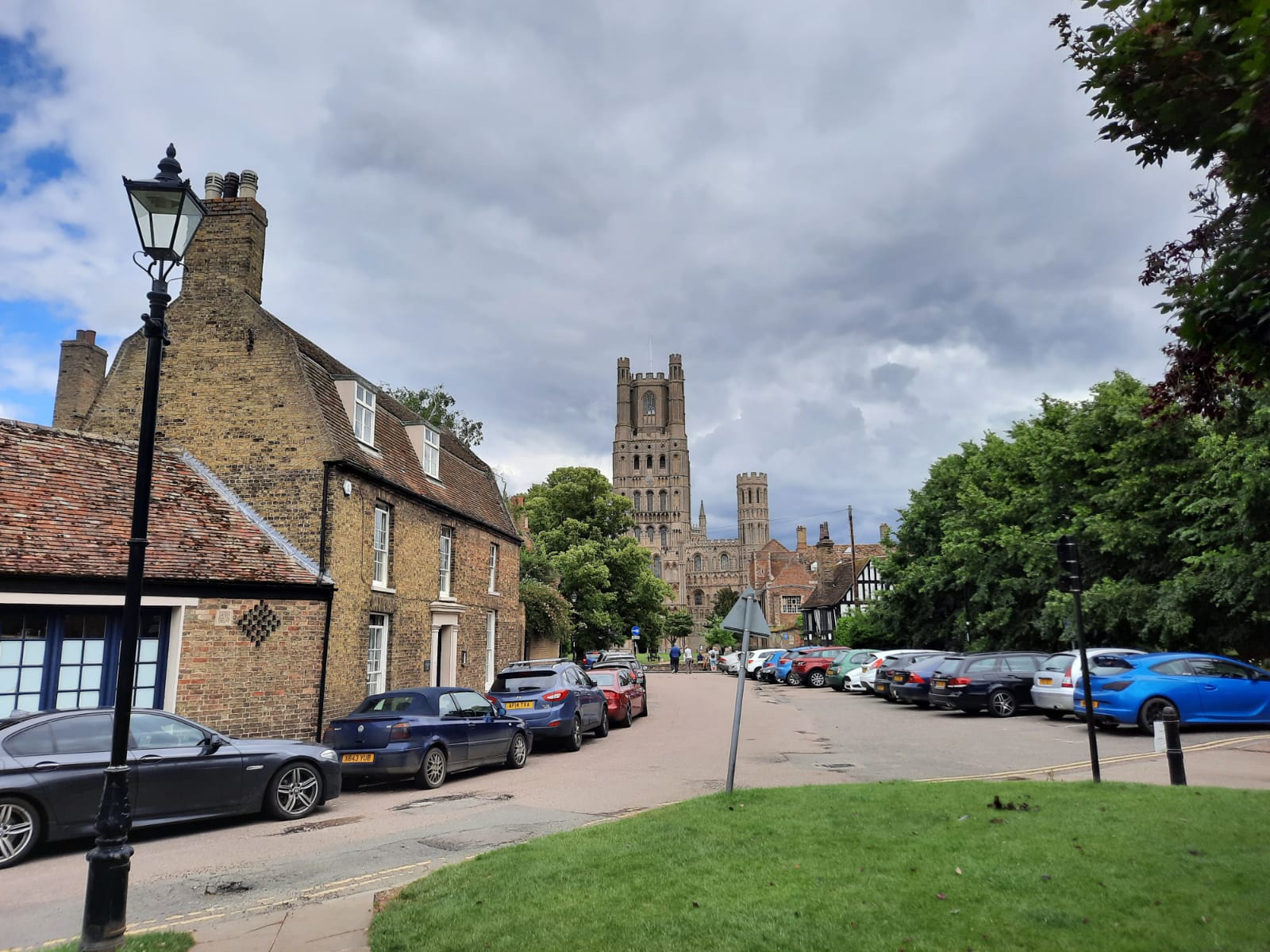
4 thoughts on “The Covid Diaries 89 – Historic Ely”